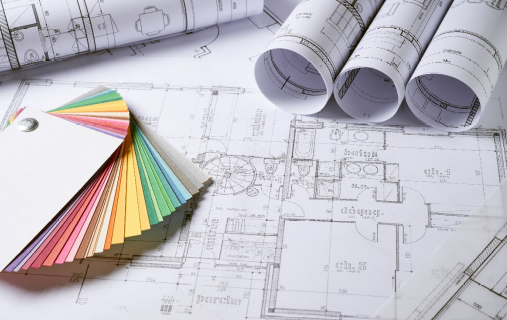Future Trends in Architecture: Shaping the Built Environment of Tomorrow
The future of architecture promises a blend of sustainability, technological innovation, and human-centric design, reshaping the built environment to meet the challenges of the 21st century. As we look toward the future, several key trends are poised to define architectural practice and theory, from the integration of green technologies to the reimagining of urban spaces for better living conditions. This blog from David DeQuattro delves into these emerging trends, offering insights into how they will influence the future of architecture.
Sustainability and Green Architecture
The pressing need to address climate change is steering architecture towards sustainability. Future architectural designs will prioritize energy efficiency, using renewable resources, and minimizing environmental impact. Green architecture, which includes integrating solar panels, green roofs, and natural ventilation systems, is becoming the standard rather than the exception. Moreover, using sustainable materials such as bamboo, recycled steel, and low-emission glass will play a crucial role in reducing the carbon footprint of new buildings.
Biophilic Design
The concept of biophilic design closely relates to sustainability, which seeks to connect occupants more closely with nature. This approach is based on the understanding that connection to the natural environment is essential for human health and well-being. Future architectural projects will increasingly incorporate elements such as indoor gardens, natural lighting, ventilation, and the use of natural materials to create spaces that promote occupants’ physical and mental health.
Smart Buildings and Automation
Technological advancements are set to redefine the functionality of buildings, making them “smarter” and more responsive to the needs of their occupants. Integrating IoT (Internet of Things) devices and automation systems in architecture will allow buildings to adjust lighting, heating, and cooling systems automatically, enhancing energy efficiency and user comfort. Intelligent buildings will also feature advanced security systems and automation of routine tasks, providing a safer and more convenient living environment.
Adaptive and Resilient Design
As climate change accelerates, the future of architecture must also focus on resilience and adaptability. This means designing buildings and infrastructure that withstand extreme weather events and changing environmental conditions. Adaptive reuse of existing structures will also become more prevalent, offering a sustainable alternative to demolition and new construction. This approach preserves historical and cultural heritage and reduces waste and the demand for new materials.

Modular and Prefabricated Construction
Modular and prefabricated construction methods are set to revolutionize how buildings are constructed. By assembling sections of a building off-site and then transporting them to the construction site for final assembly, these methods offer significant advantages in terms of speed, cost, and environmental impact. Future architectural trends will likely embrace these techniques, leading to more efficient construction processes and the ability to respond to housing and infrastructure needs rapidly.
Urban Planning and Community-focused Design
The future of architecture extends beyond individual buildings to encompass urban planning and the design of entire communities. The focus will shift towards creating sustainable, inclusive, and interconnected urban environments, prioritizing pedestrian spaces, public transport, and green spaces. Community-focused design will aim to foster social interaction and enhance the quality of life for residents, with an emphasis on affordable housing, accessibility, and public amenities.
The future of architecture is bright, characterized by a commitment to sustainability, technological integration, and designs that prioritize human well-being. As architects and designers embrace these trends, tomorrow’s-built environment will be more resilient, efficient, and harmonious with the natural world. By addressing the challenges of climate change, urbanization, and social inequality, the future of architecture promises to create spaces that not only meet our physical needs but also enrich our lives and communities.


